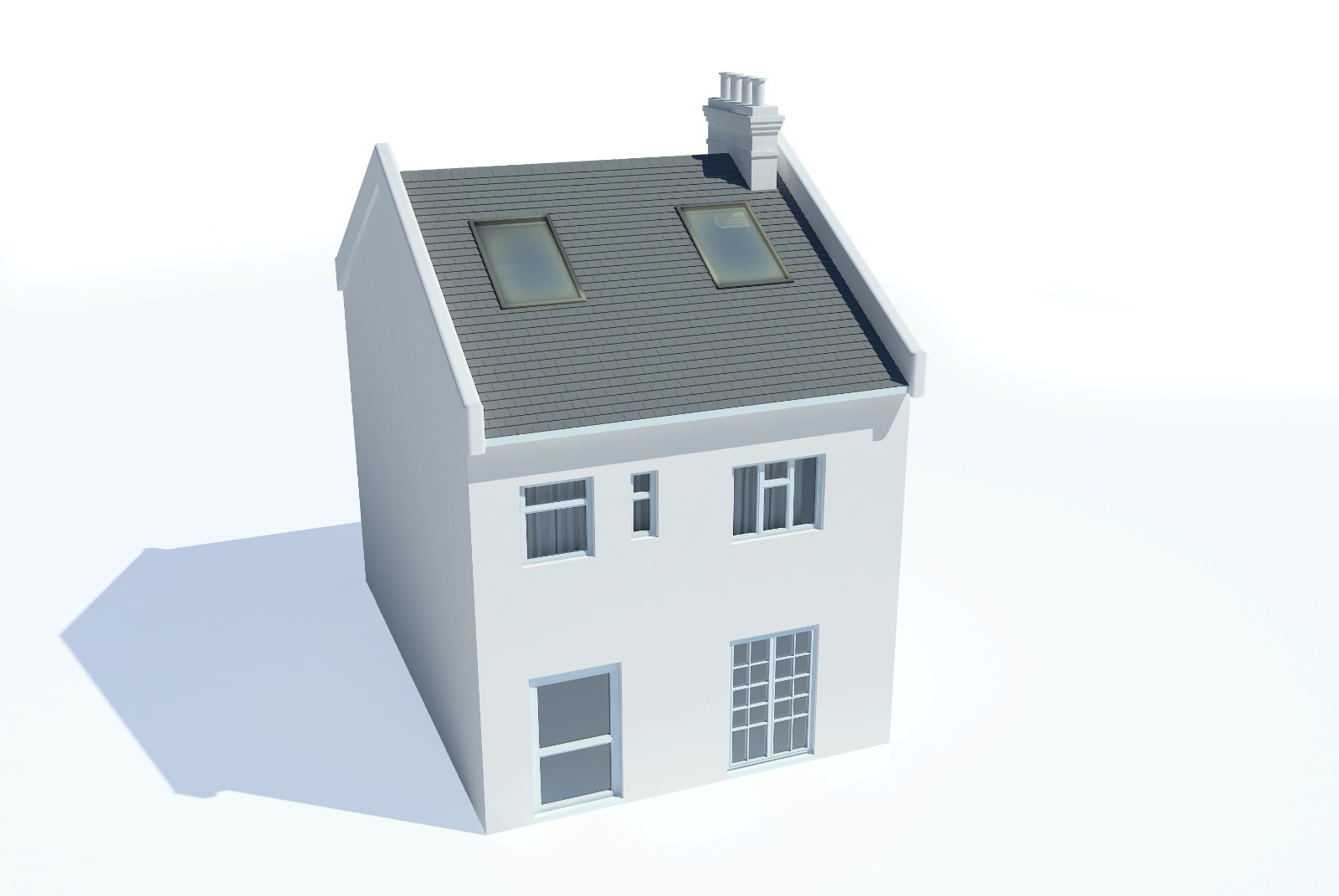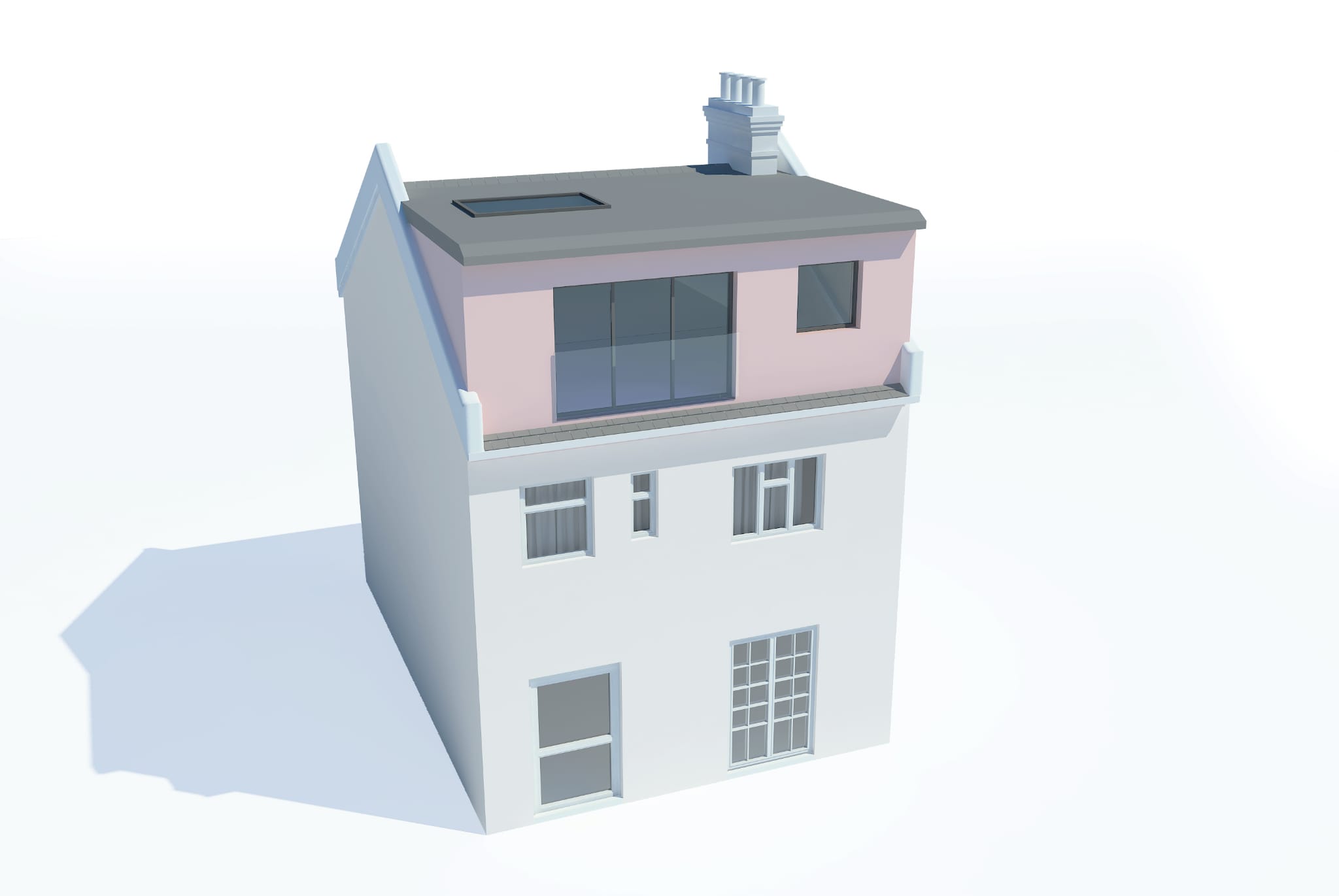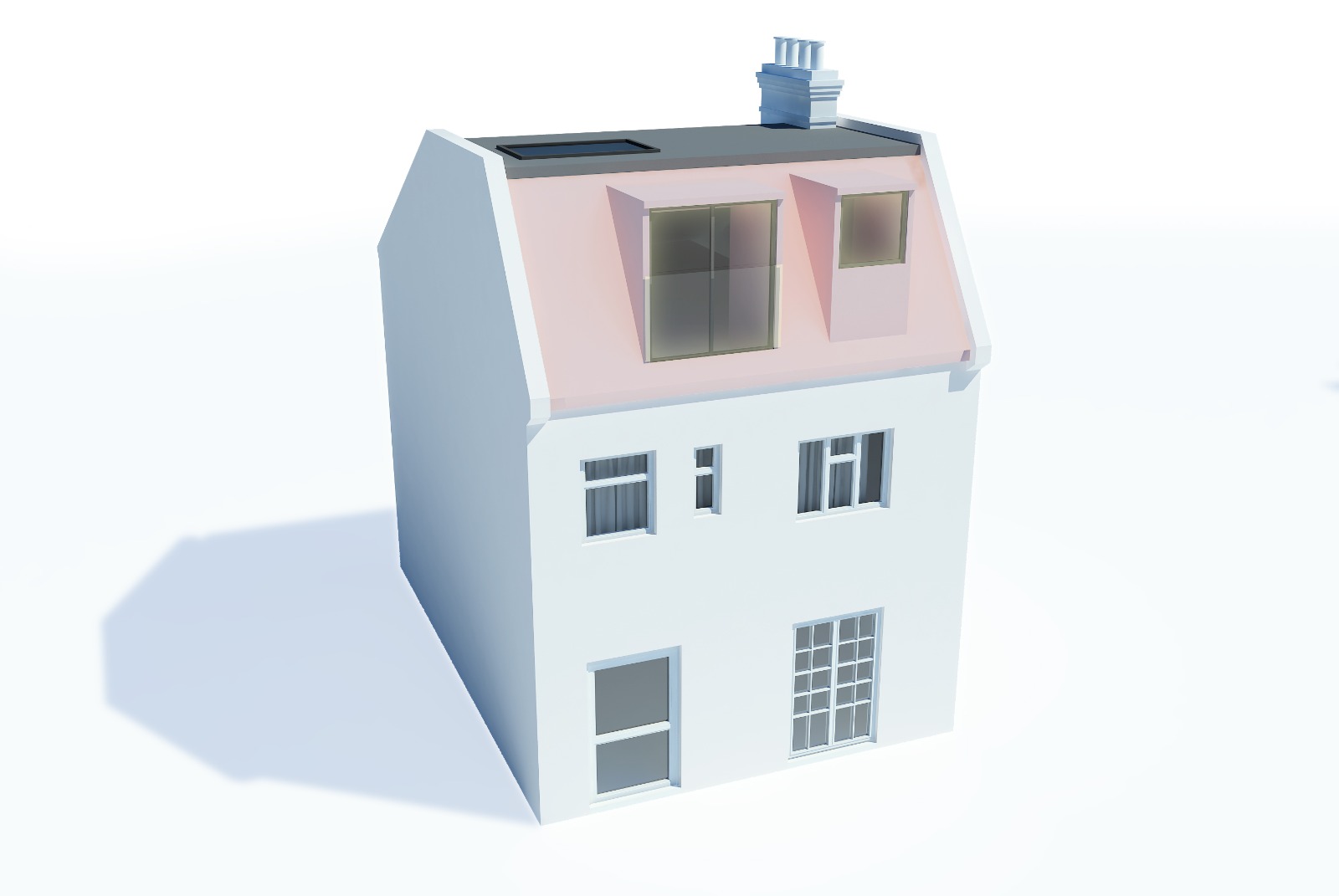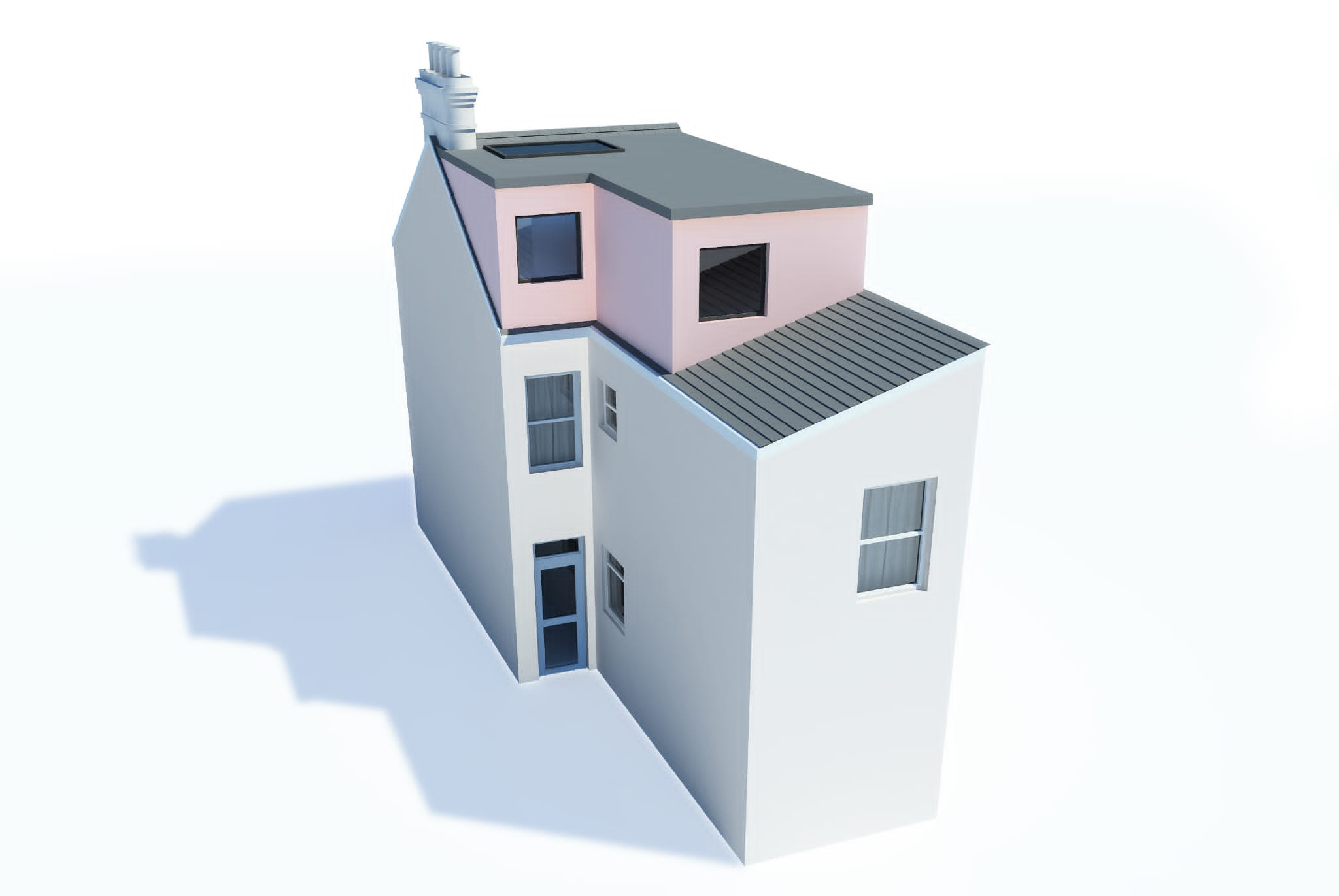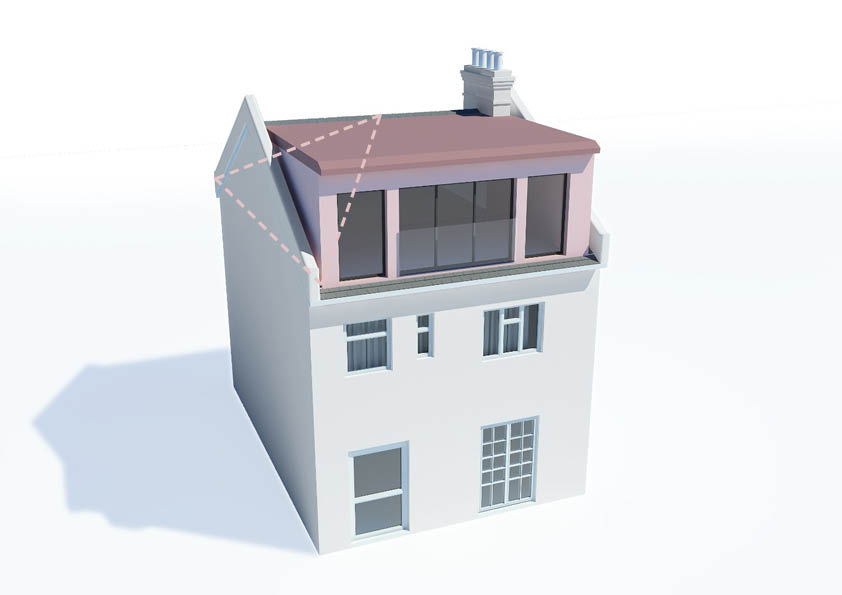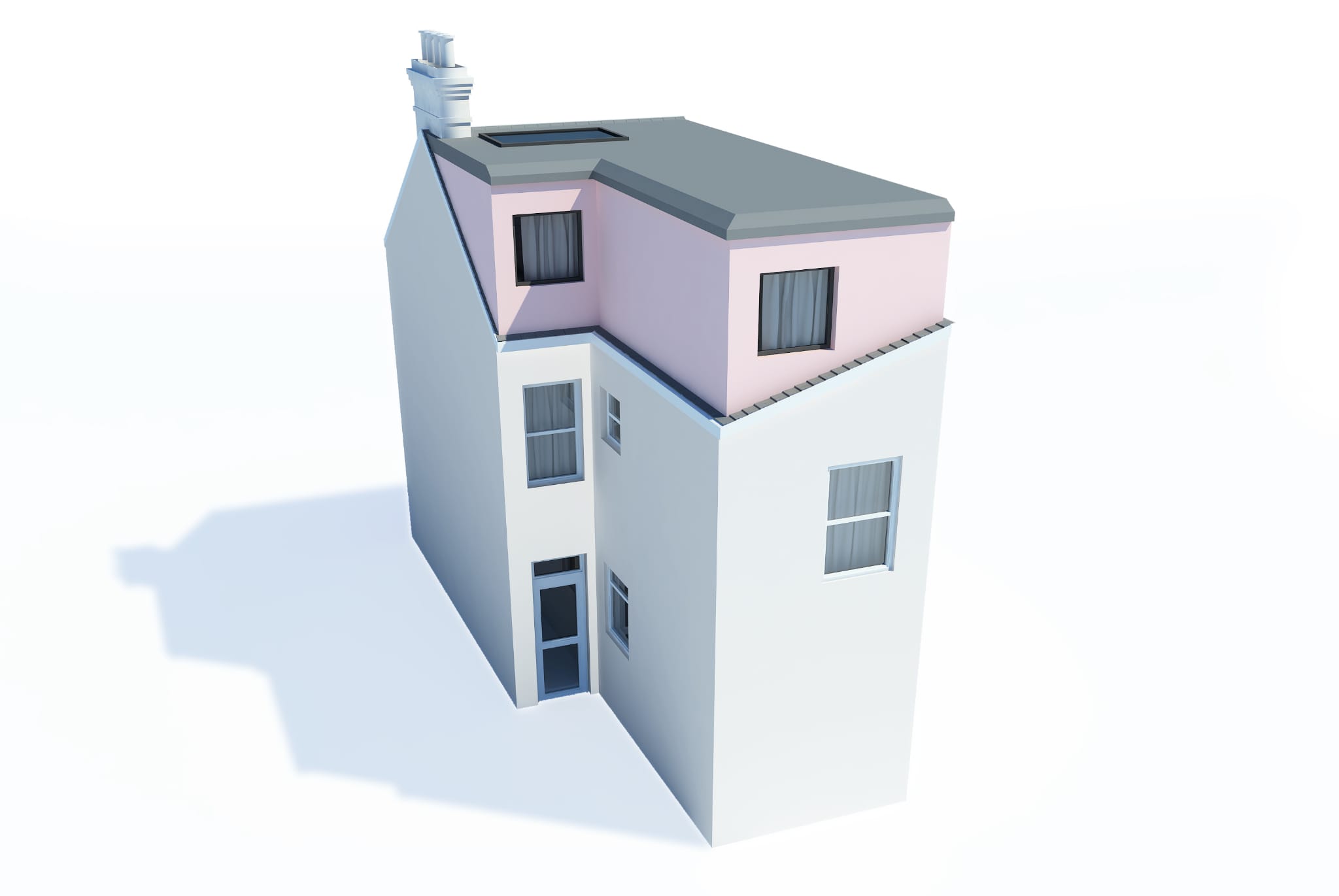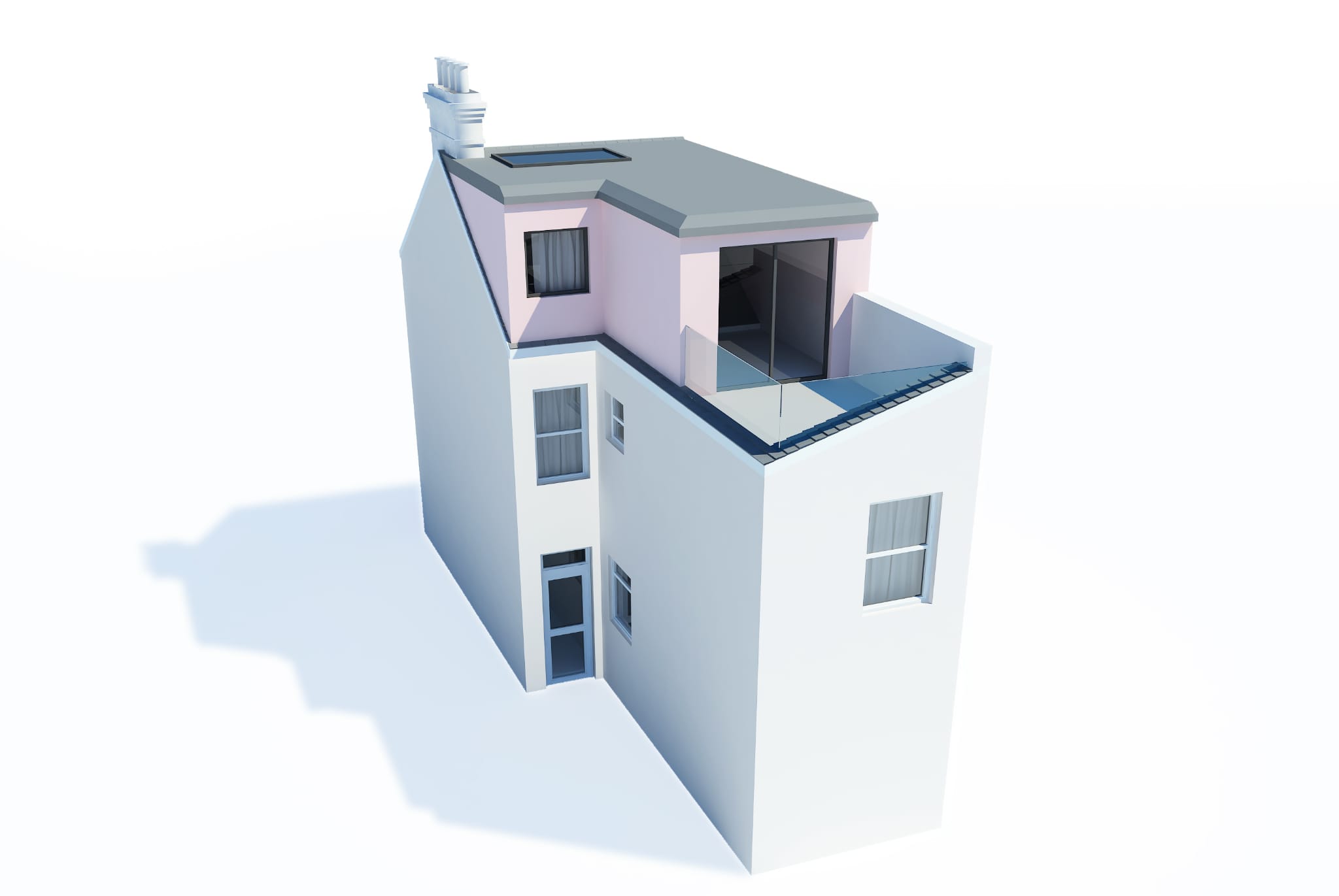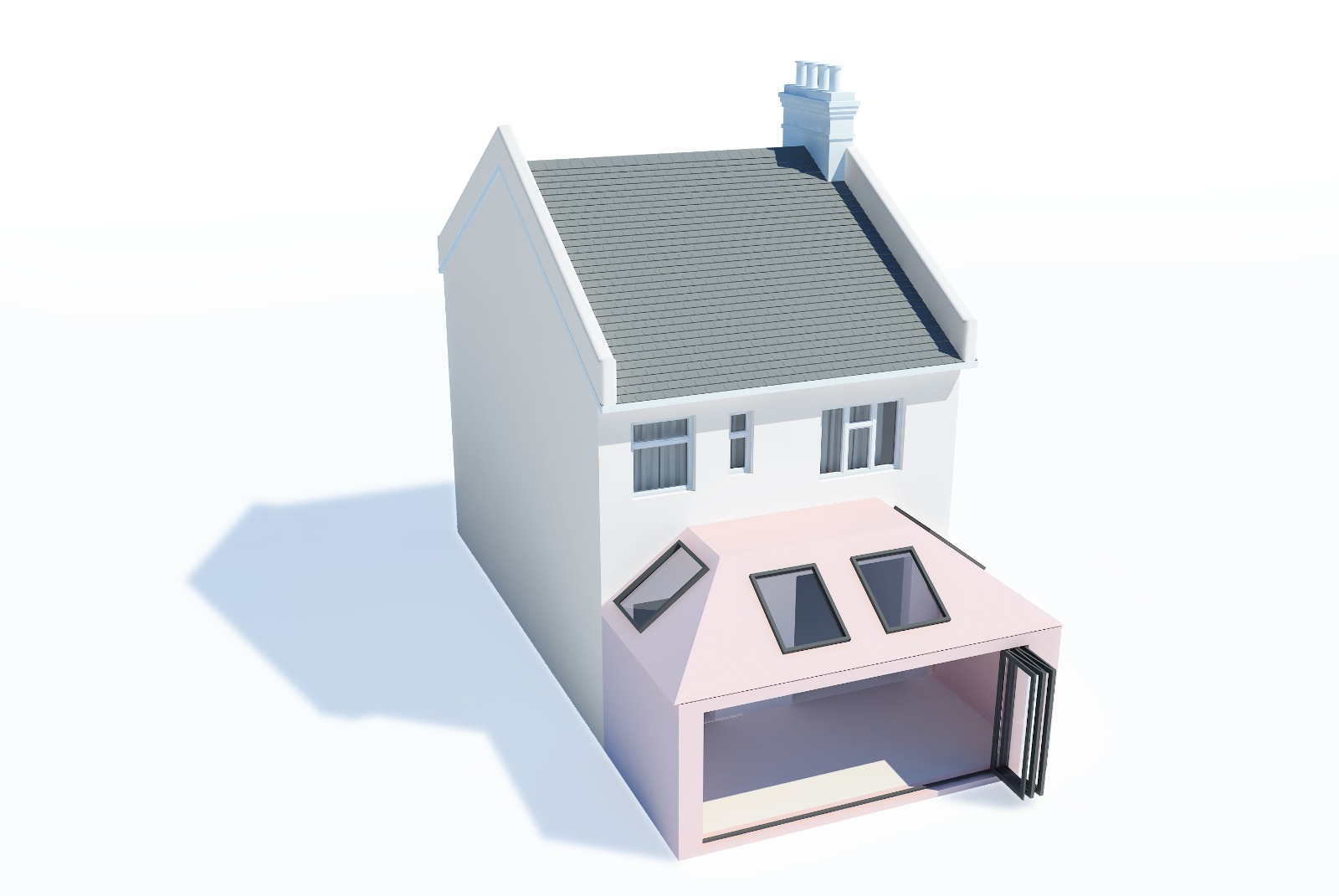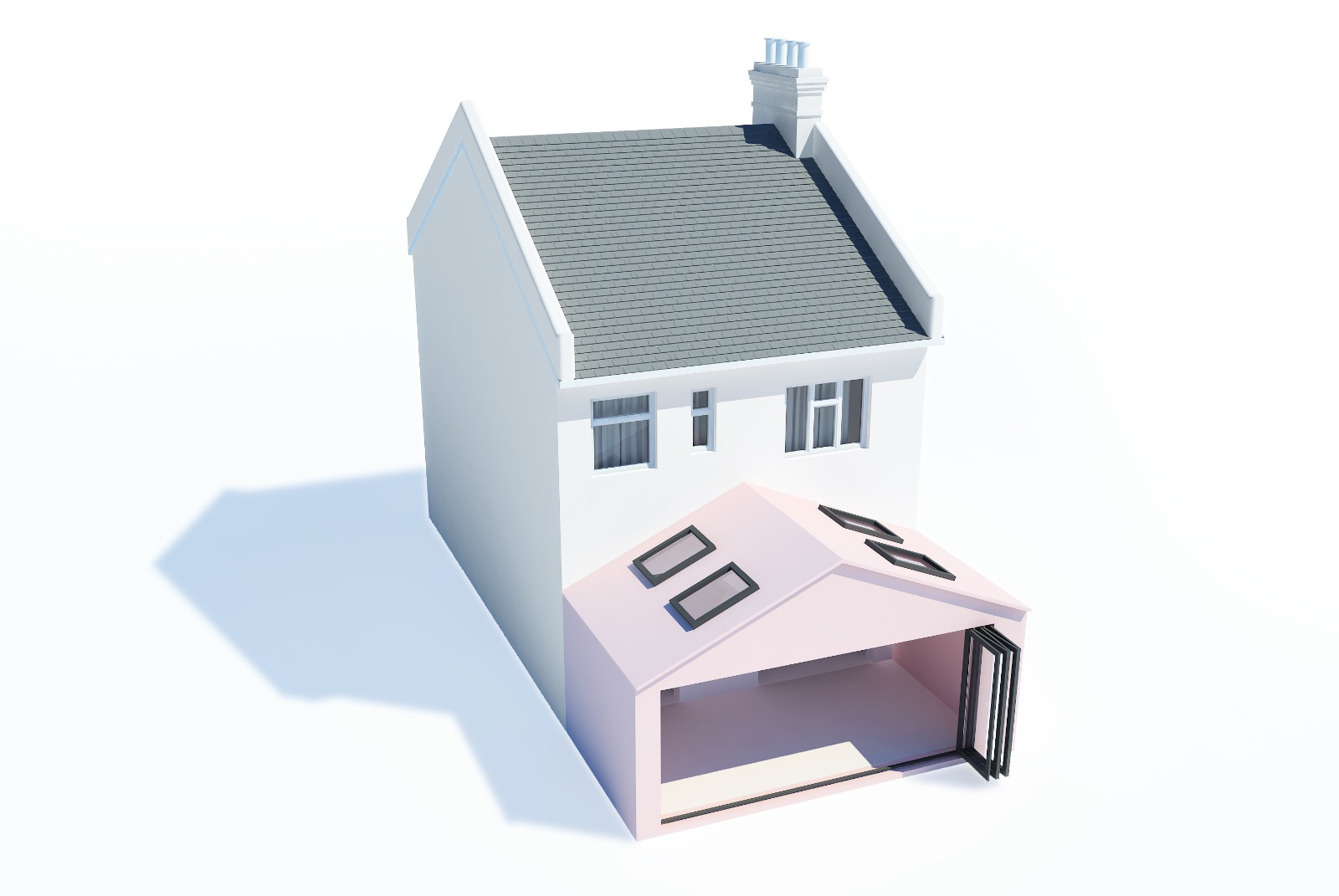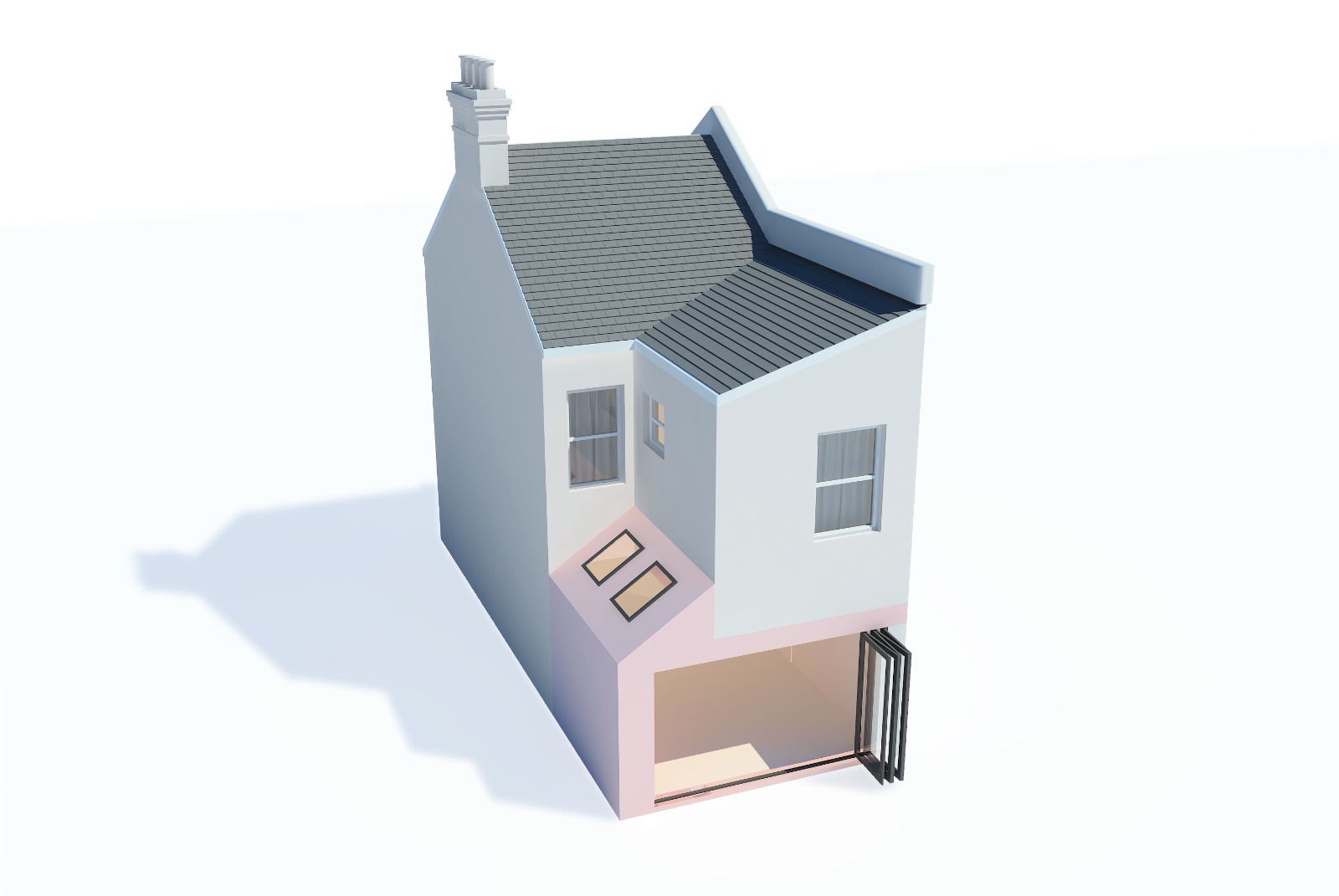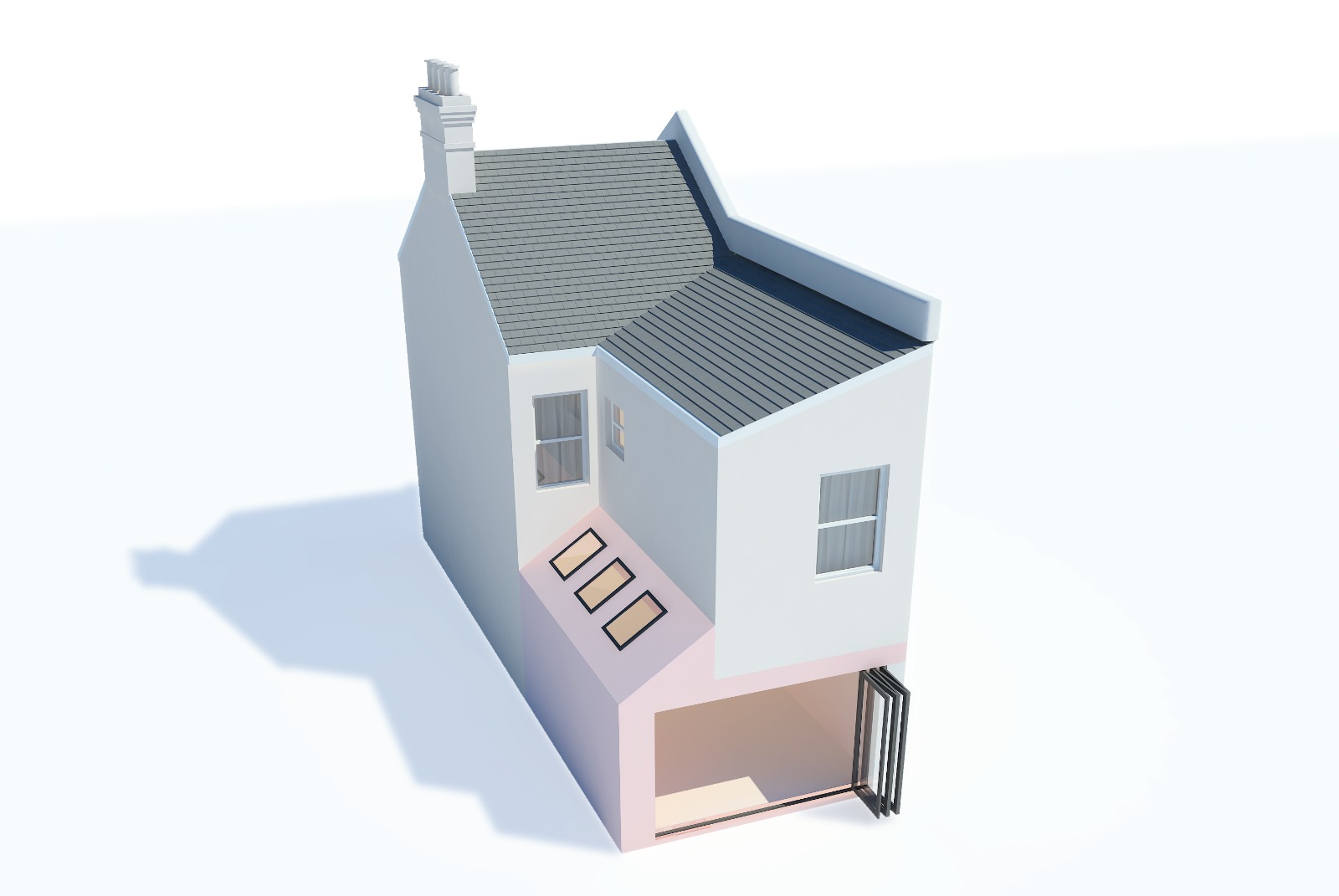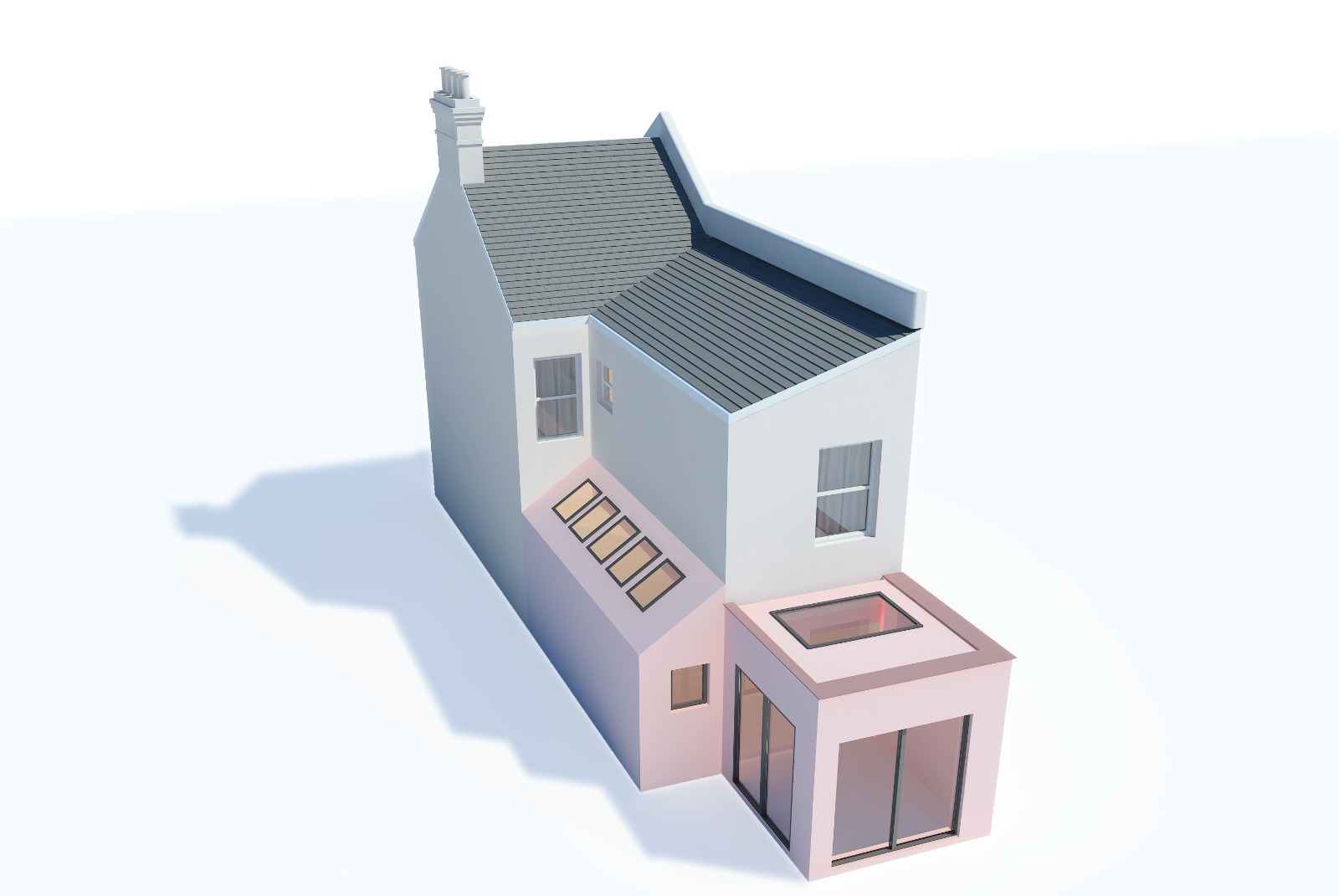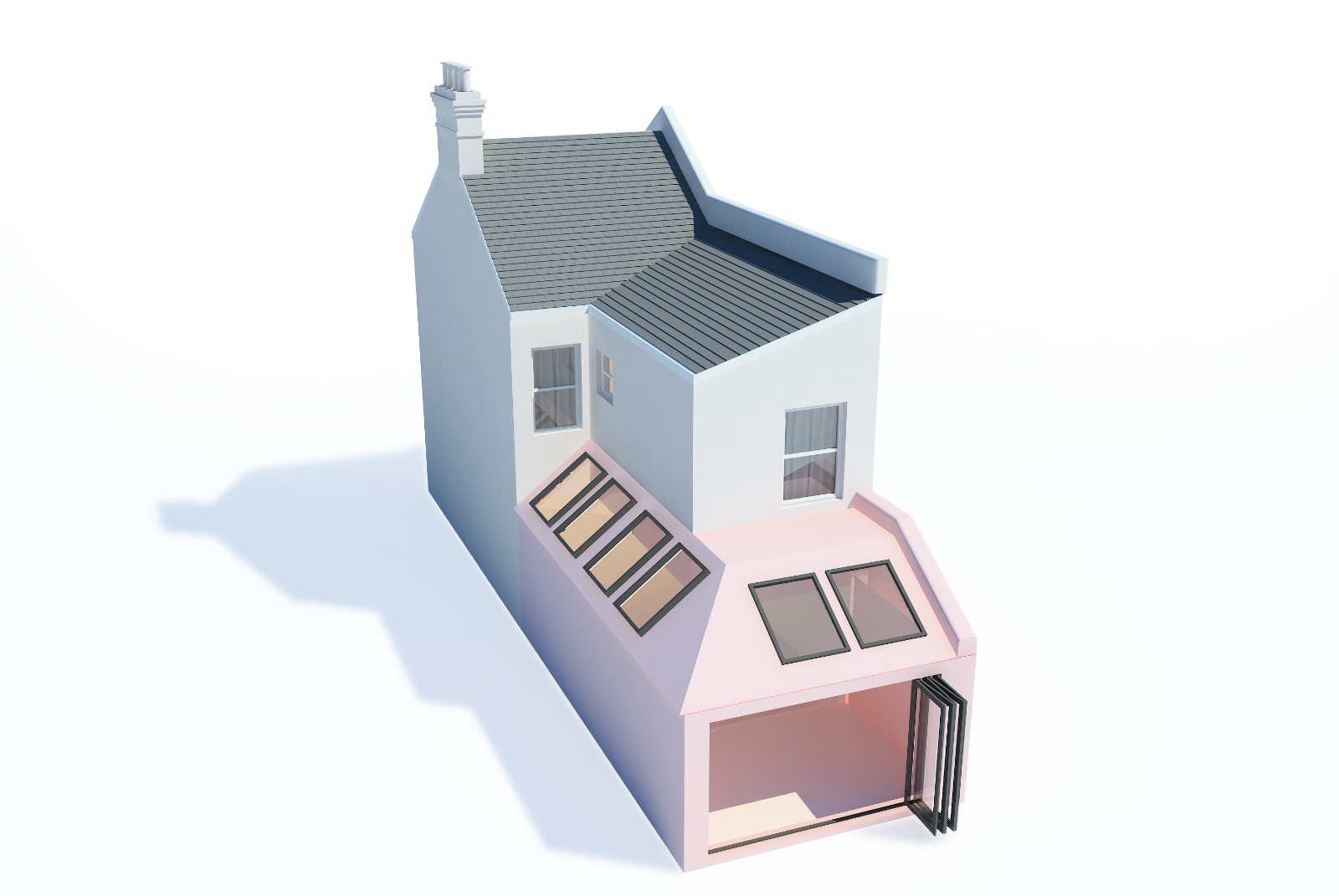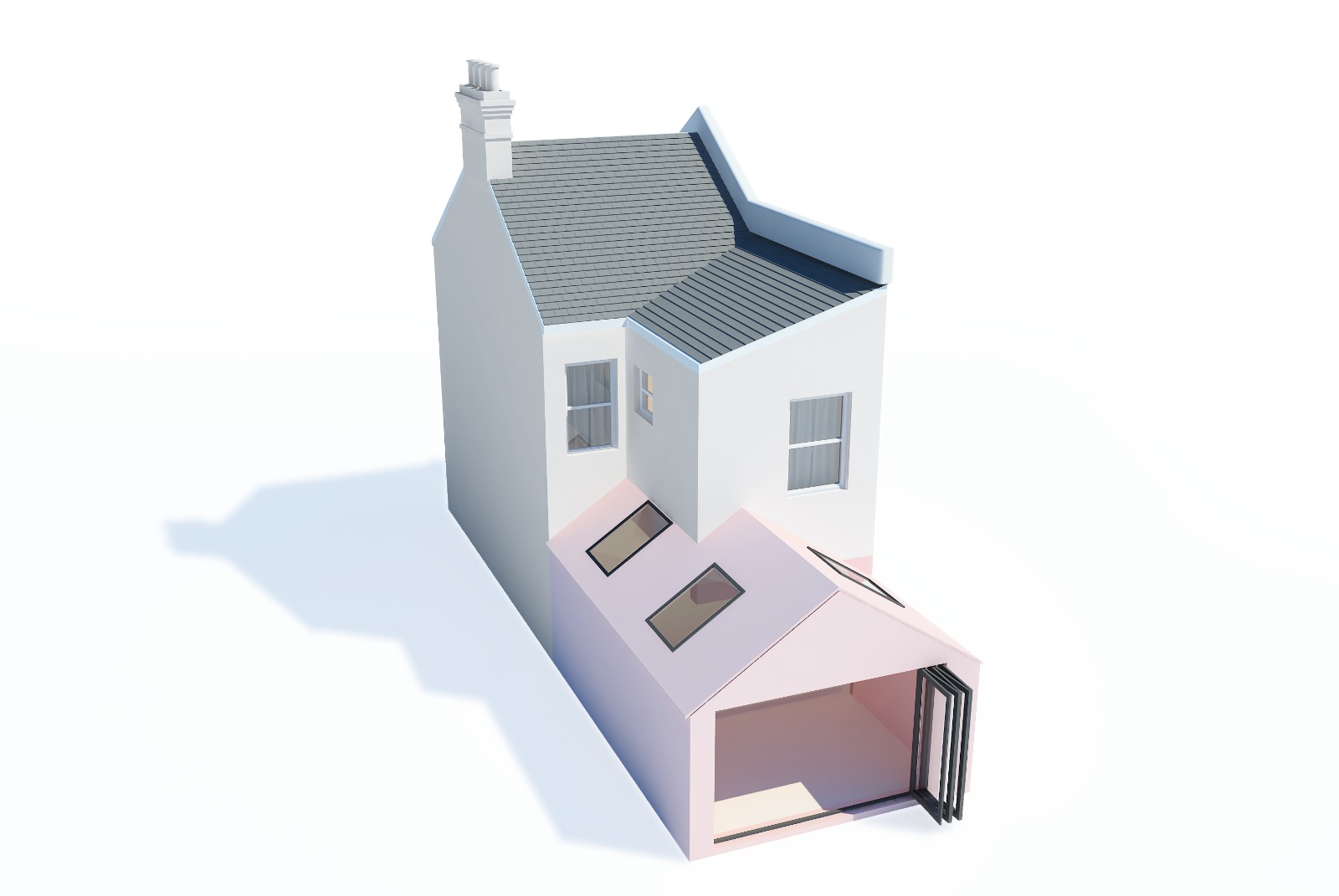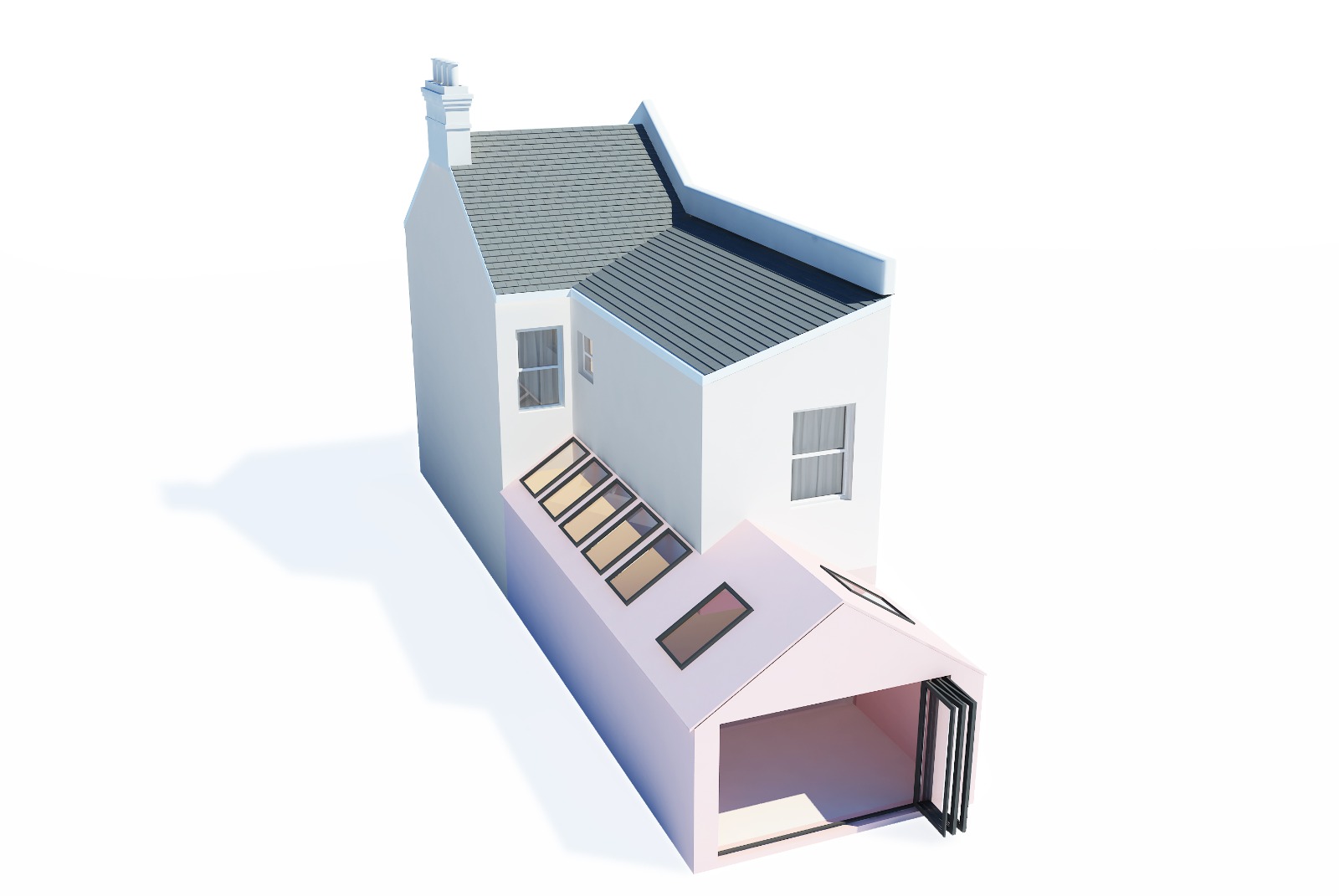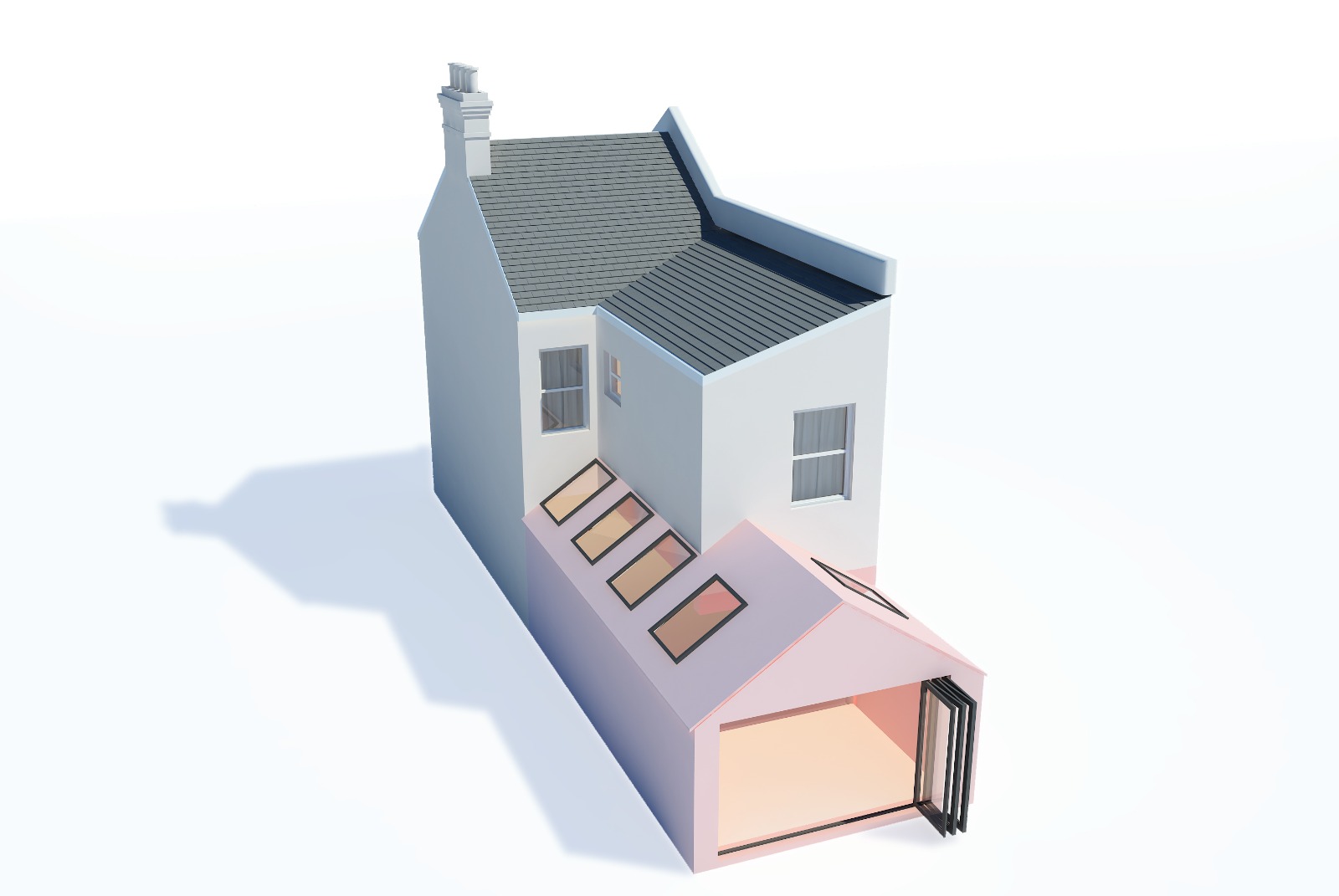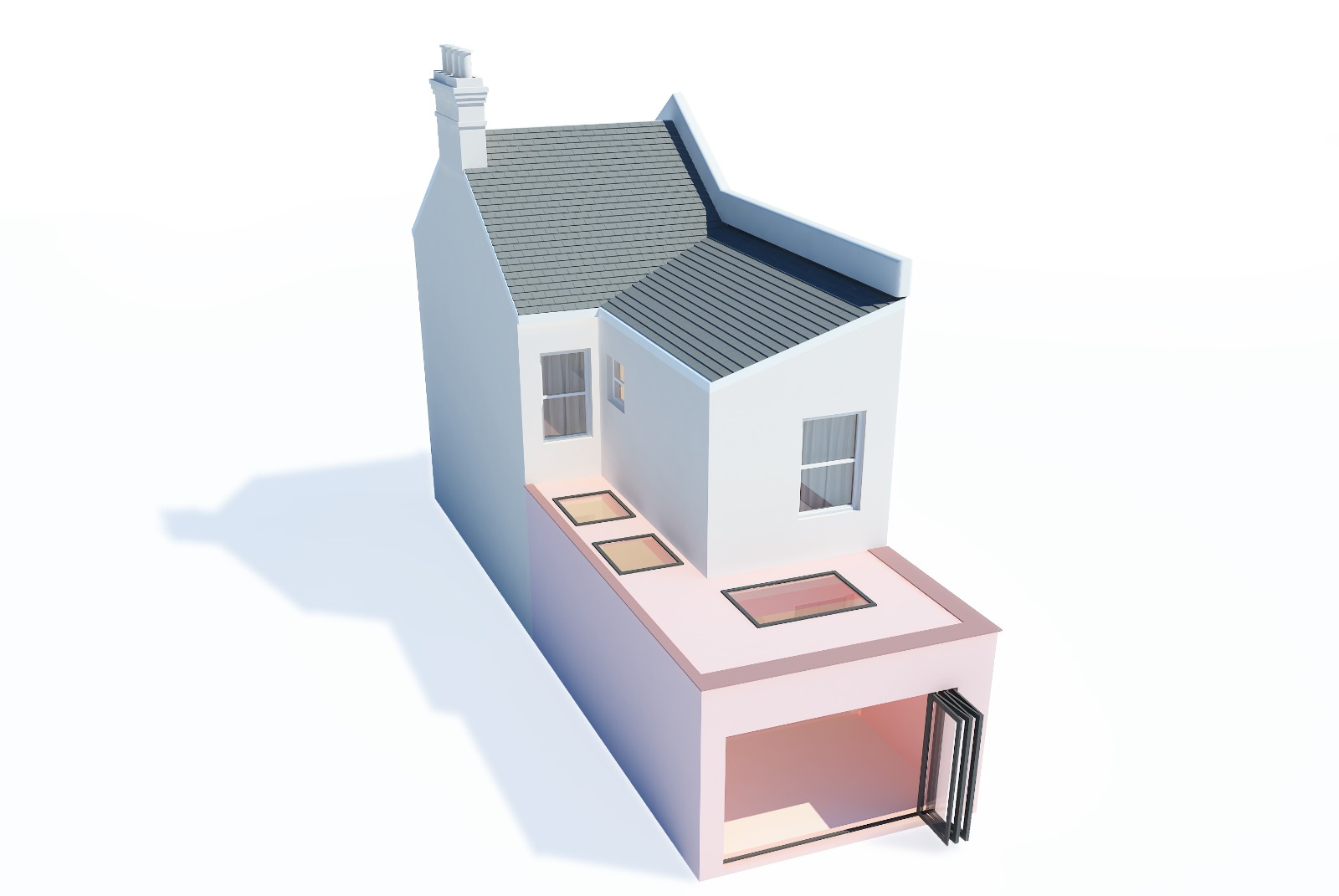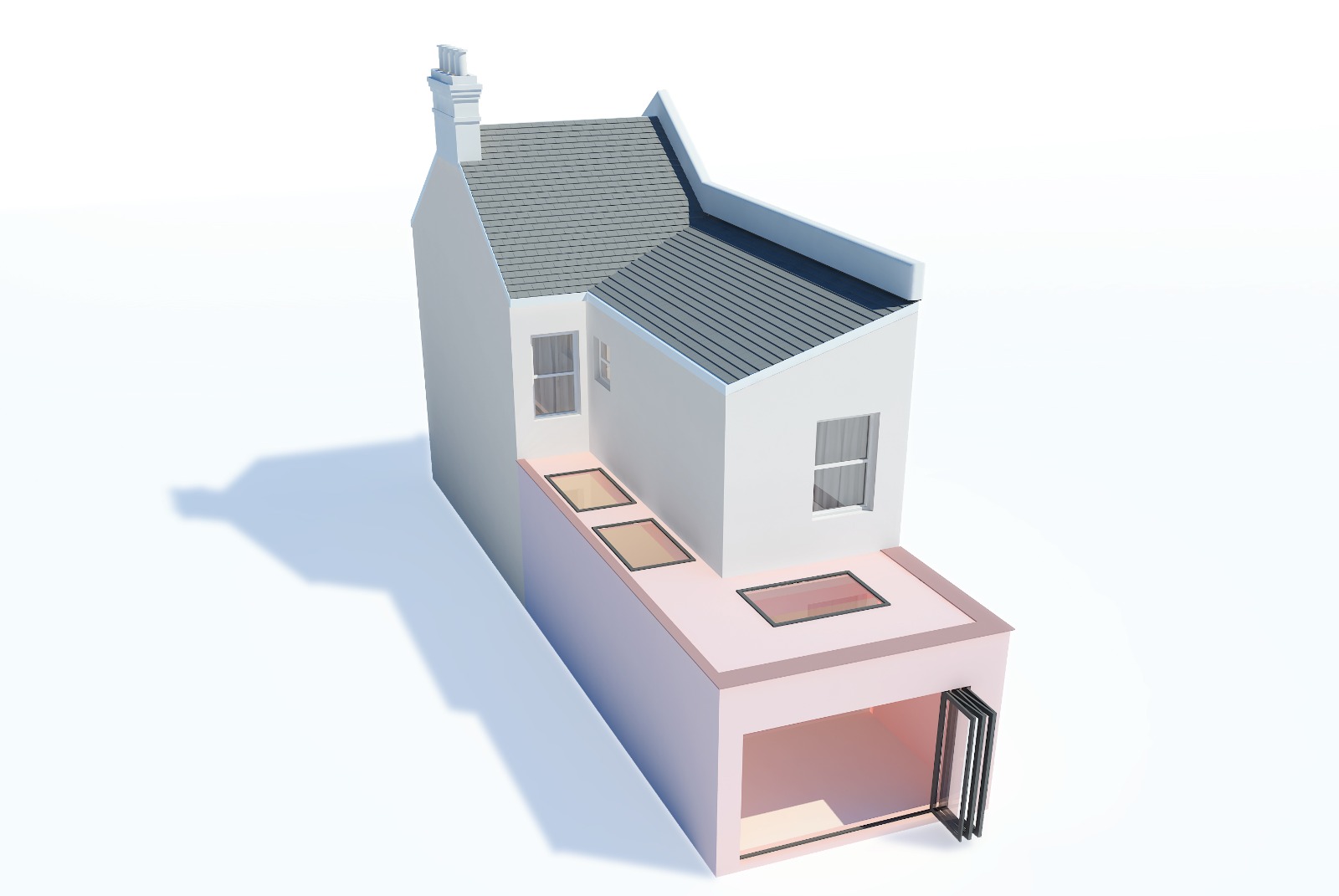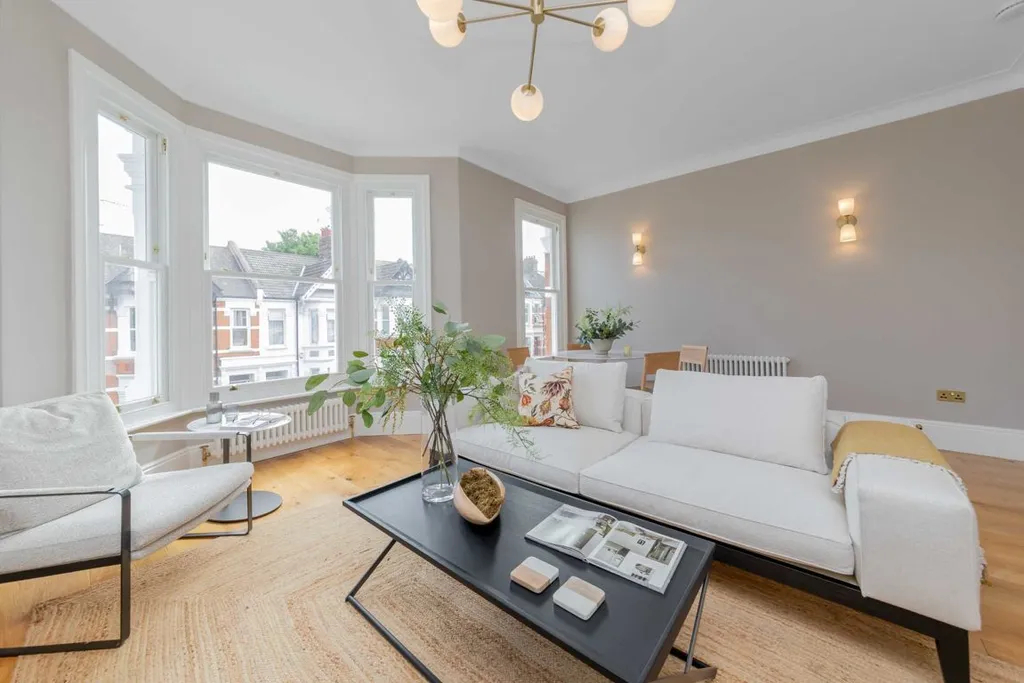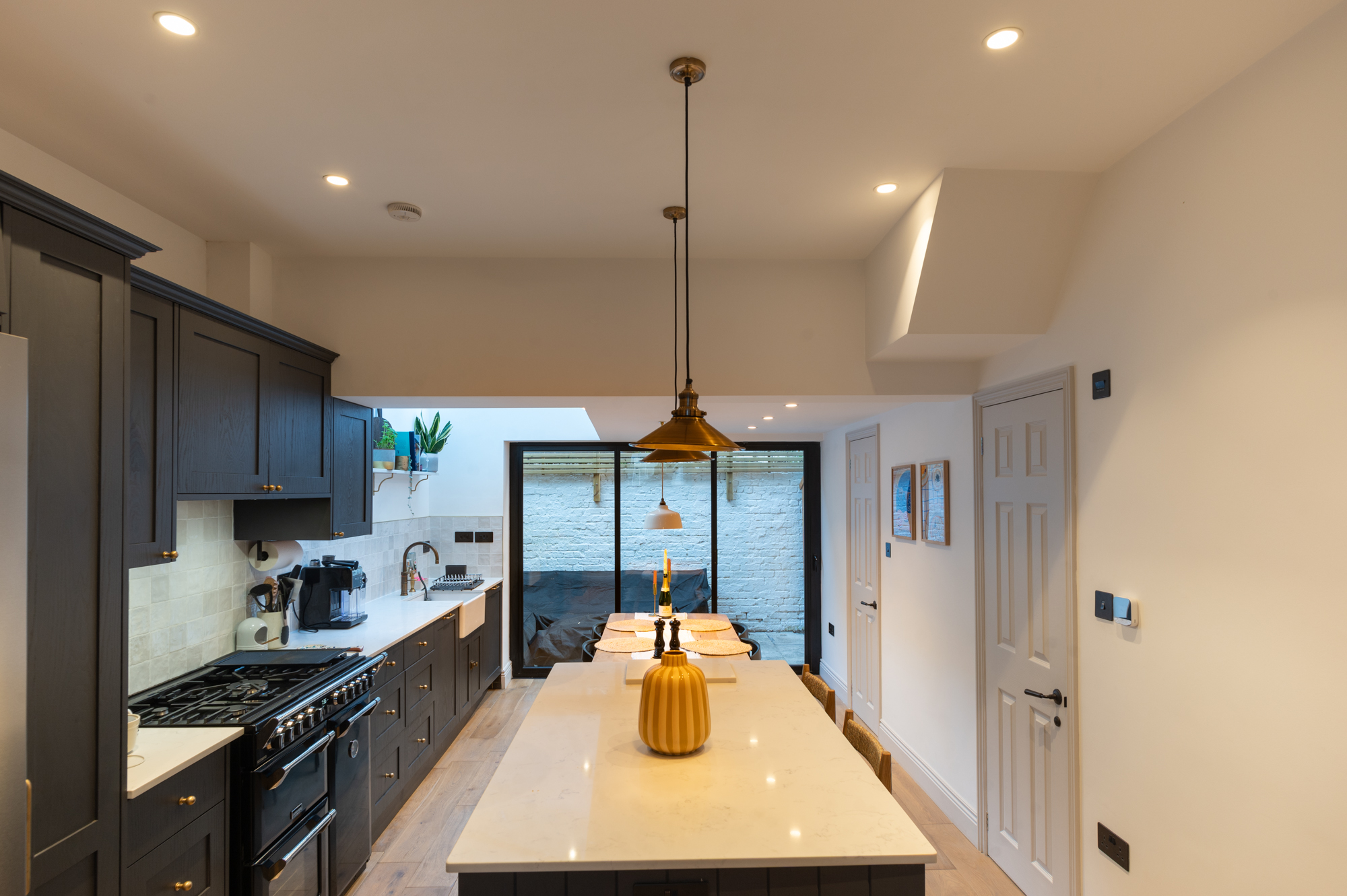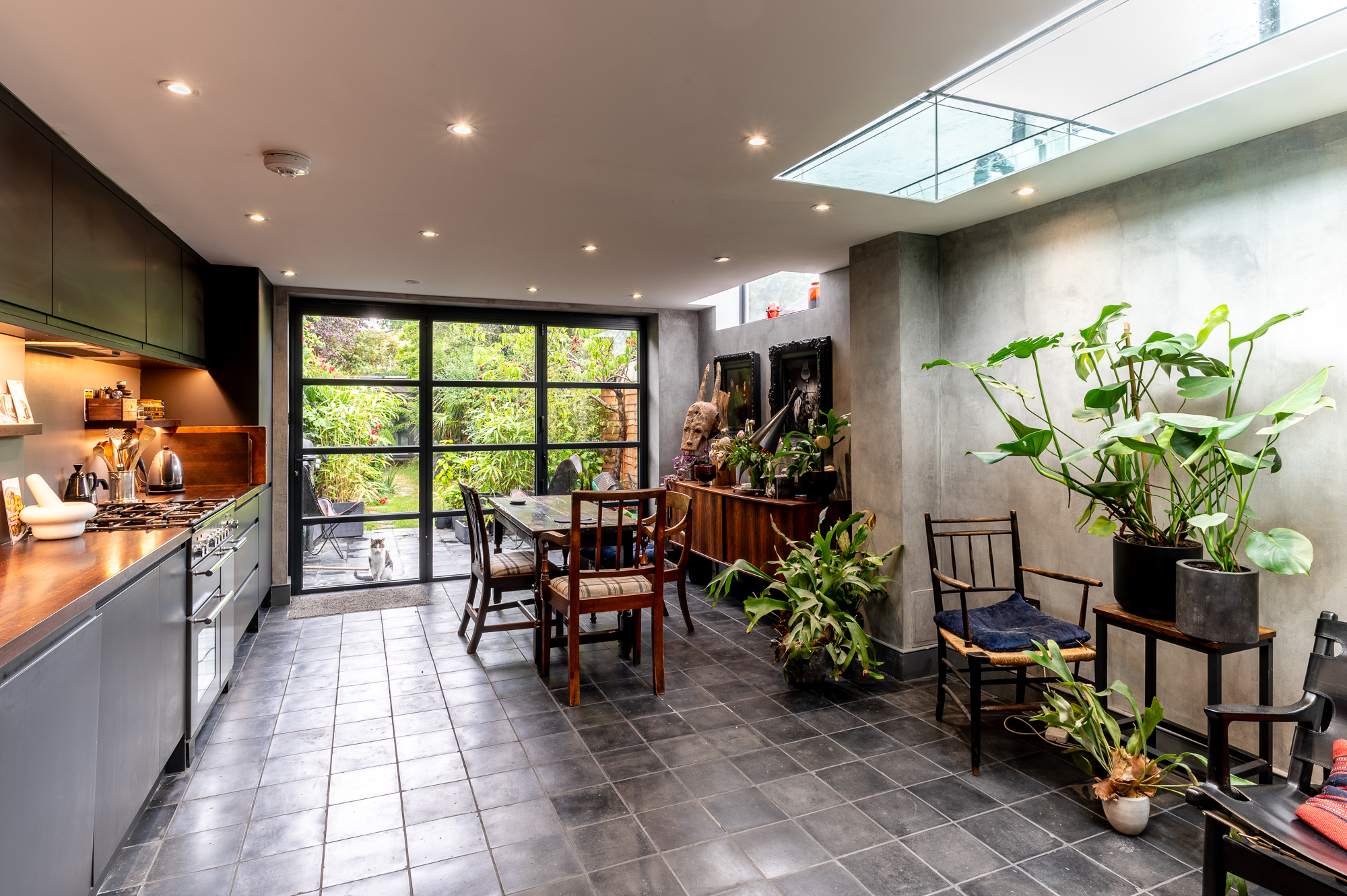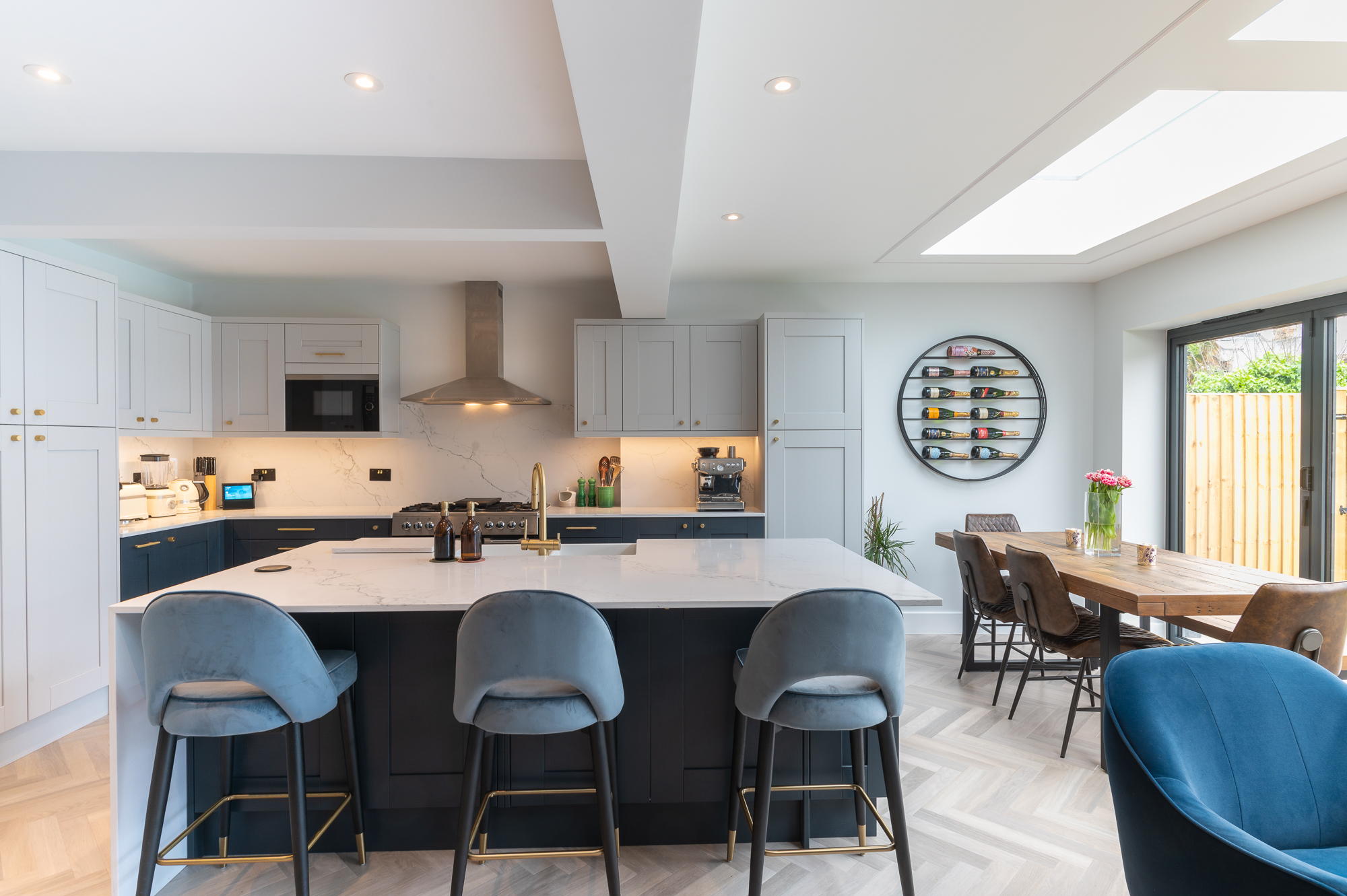The single-storey extension falls under permitted development except in the case of a Wraparound extension. However, when attempting anything that goes beyond regulation, you need planning permission. Permitted development rights are only applicable when;
- Only 50% of the land area around the original house can cover in extensions
- Extensions are no higher than the highest part of the roof or the eaves any higher than the existing eaves.
- When the extension comes within 2m of the boundary, the eave height should not exceed 3m.
- The new addition should not be forward the principal elevation, or when it fronts a highway, the side elevation.
- There are no raised platforms or verandas.
- The existing roof of the house must not change.
- The exterior of the extension is similar in appearance to the rest of the house.
- Side extensions should not exceed 4m in height and half the width of the original house.
- Rear extensions should be no more than 4m in height.
- Rear extensions must not extend 4m beyond the Rear wall of the house if detached, 3m if any other type of property.
Planning application becomes a requirement if you live in a conservation area or a listed building. Your extension also needs building regulations approval. We carry out all our design and build work within guidelines and prepares applications for planning and building requirements.


